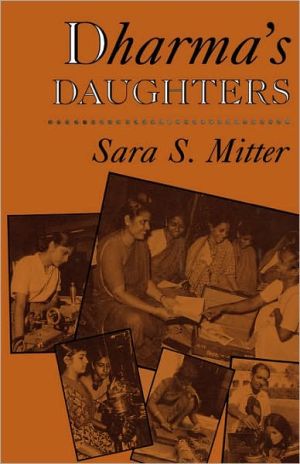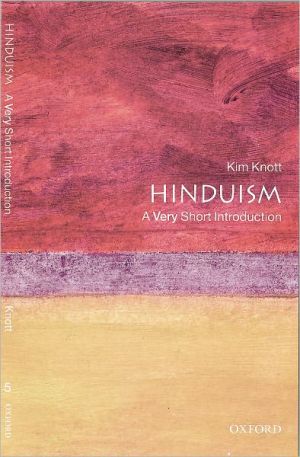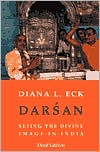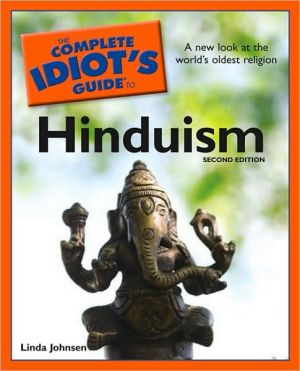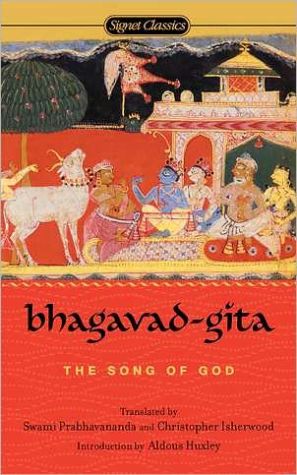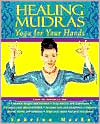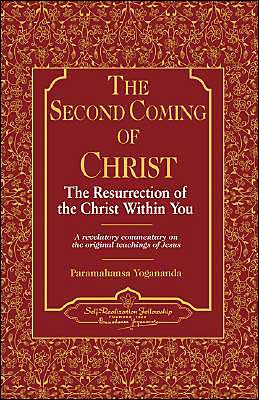Dharma's Daughters
"Mitter sees not only the grim aspects of the social construction of gender, but also the strength, courage, and spirit of Indian women. . . . Will command a wide readership among those interested in contemporary social and political issues."--Veena Talwar Oldenburg, Bernard Baruch College, CUNY\ "A product of years of observation by a non-Indian woman of the lot of women in urban India. It portrays the complex life of Indian women who are circumscribed by a sense of duty and...
Search in google:
"Mitter sees not only the grim aspects of the social construction of gender, but also the strength, courage, and spirit of Indian women. . . . Will command a wide readership among those interested in contemporary social and political issues."--Veena Talwar Oldenburg, Bernard Baruch College, CUNY "A product of years of observation by a non-Indian woman of the lot of women in urban India. It portrays the complex life of Indian women who are circumscribed by a sense of duty and self-sacrifice."--Little India "A fascinating book, rich in contemporary material, Hindu myth and culture, and analysis of the pressures on the women's movement toward 'accommodation or resistance.'"--The Radcliffe Quarterly "A formidable achievement. . . . Mitter spans almost the entire spectrum of the 'woman's question' providing both information and insight into the complex patterns that determine the image, self-image, and status of women in contemporary India."--Manini Chatterjee, The Hindu (India) Combining vivid description with thoughtful analysis, Sara Mitter reveals the condititions that shape women's lives in a traditional, patriarchal society. Mitter introduces us to diverse women who live and work in Bombay, from construction crew laborers and illiterate domestic workers who live in shanties, to well-educated, middle-class women. She also confronts the question of gender in Indian society, as she examines the influence of the Goddess mythology and the persistence of such normative models as Sita of the Ramayana in contemporary daily life. In a final section, Mitter tells of the increasing moblilization and resistance of Indian women since the 1970s. She looks at the nature of theconflicts and choices facing Indian women today, and the potential consequences for the India of tomorrow. Sara S. Mitter is an American writer based in Paris. Married to an Indian physicist, she has made many visits to India and has lived there for periods of her life. Library Journal This idiosyncratic treatment of the life of women in India's hierarchical and patriarchal society is divided into three distinct segments with little to unify them. Part 1 is a vivid collage of the daily lives of the women of Bombay, from maids to construction workers to students. The second section focuses on celebrated Hindu myths and epics. Mitter maintains that the virtues portrayed by the heroines of these legends still affect the attitudes of both genders toward contemporary Indian women. These are interesting concepts that perhaps deserve to be expanded in a separate book. The third section depicts the efforts of some Indian women to organize for the purpose of gaining specific economic and social rights for themselves and their countrywomen. Mitter also touches upon arranged marriages, female infanticide, dowry deaths, and even the now-rare sati , the practice of a widow throwing herself onto her husband's funeral pyre. The same territory is covered much more extensively by Elisabeth Bumiller's excellent May You Be the Mother of a Hundred Sons ( LJ 5/1/90).-- Ruth M. Mara, Agency for International Development, Washington, D.C.
\ Library JournalThis idiosyncratic treatment of the life of women in India's hierarchical and patriarchal society is divided into three distinct segments with little to unify them. Part 1 is a vivid collage of the daily lives of the women of Bombay, from maids to construction workers to students. The second section focuses on celebrated Hindu myths and epics. Mitter maintains that the virtues portrayed by the heroines of these legends still affect the attitudes of both genders toward contemporary Indian women. These are interesting concepts that perhaps deserve to be expanded in a separate book. The third section depicts the efforts of some Indian women to organize for the purpose of gaining specific economic and social rights for themselves and their countrywomen. Mitter also touches upon arranged marriages, female infanticide, dowry deaths, and even the now-rare sati , the practice of a widow throwing herself onto her husband's funeral pyre. The same territory is covered much more extensively by Elisabeth Bumiller's excellent May You Be the Mother of a Hundred Sons ( LJ 5/1/90).-- Ruth M. Mara, Agency for International Development, Washington, D.C.\ \
